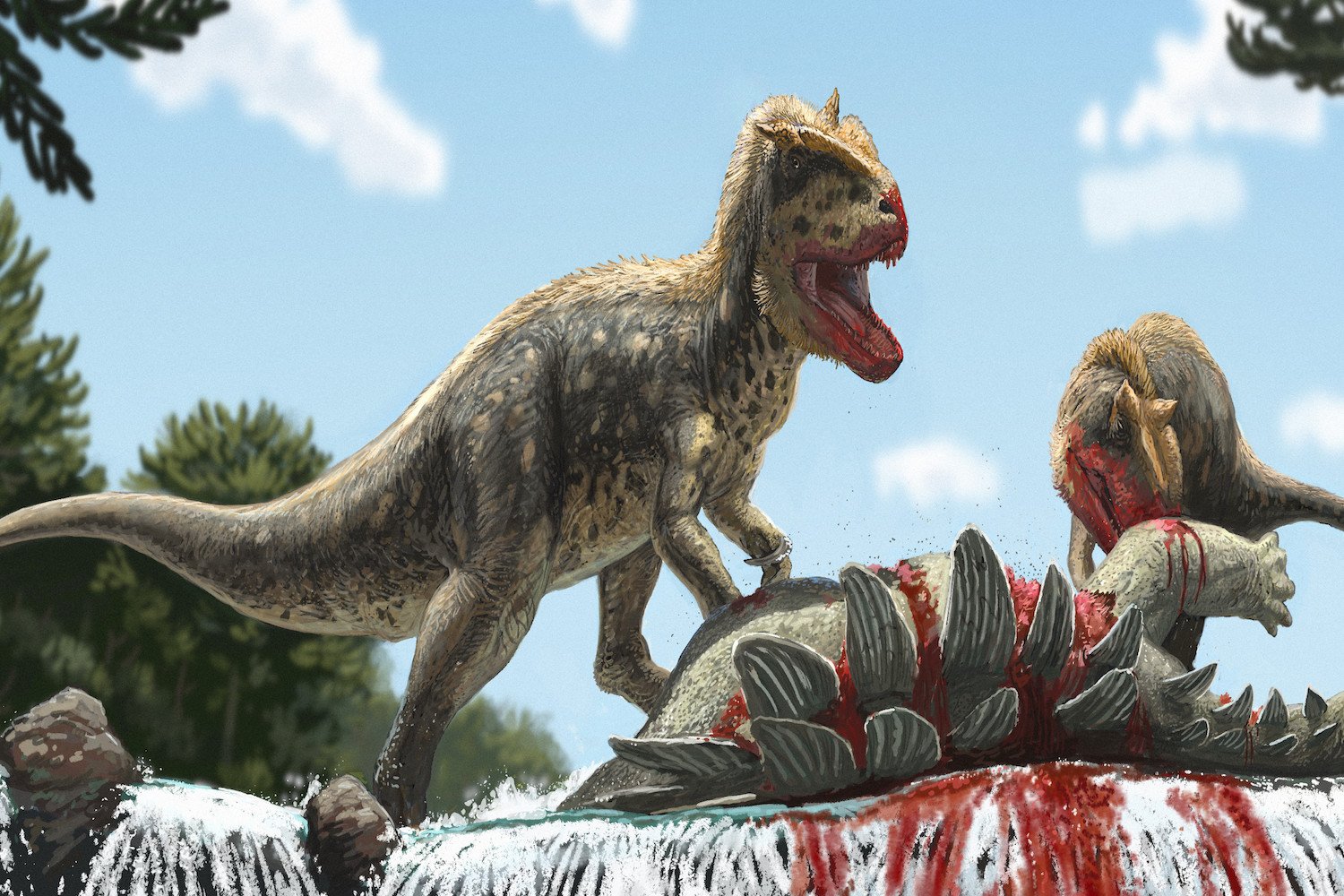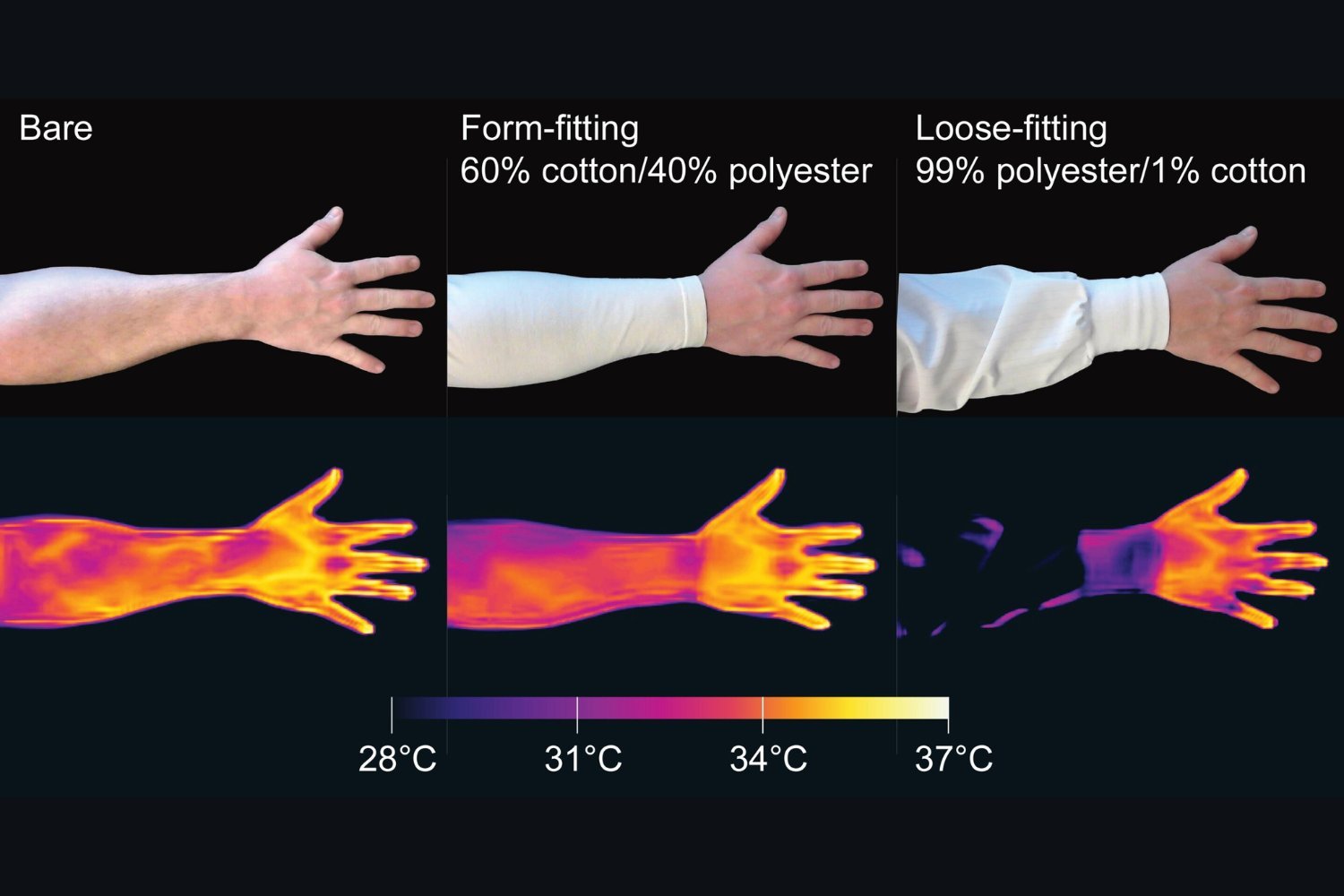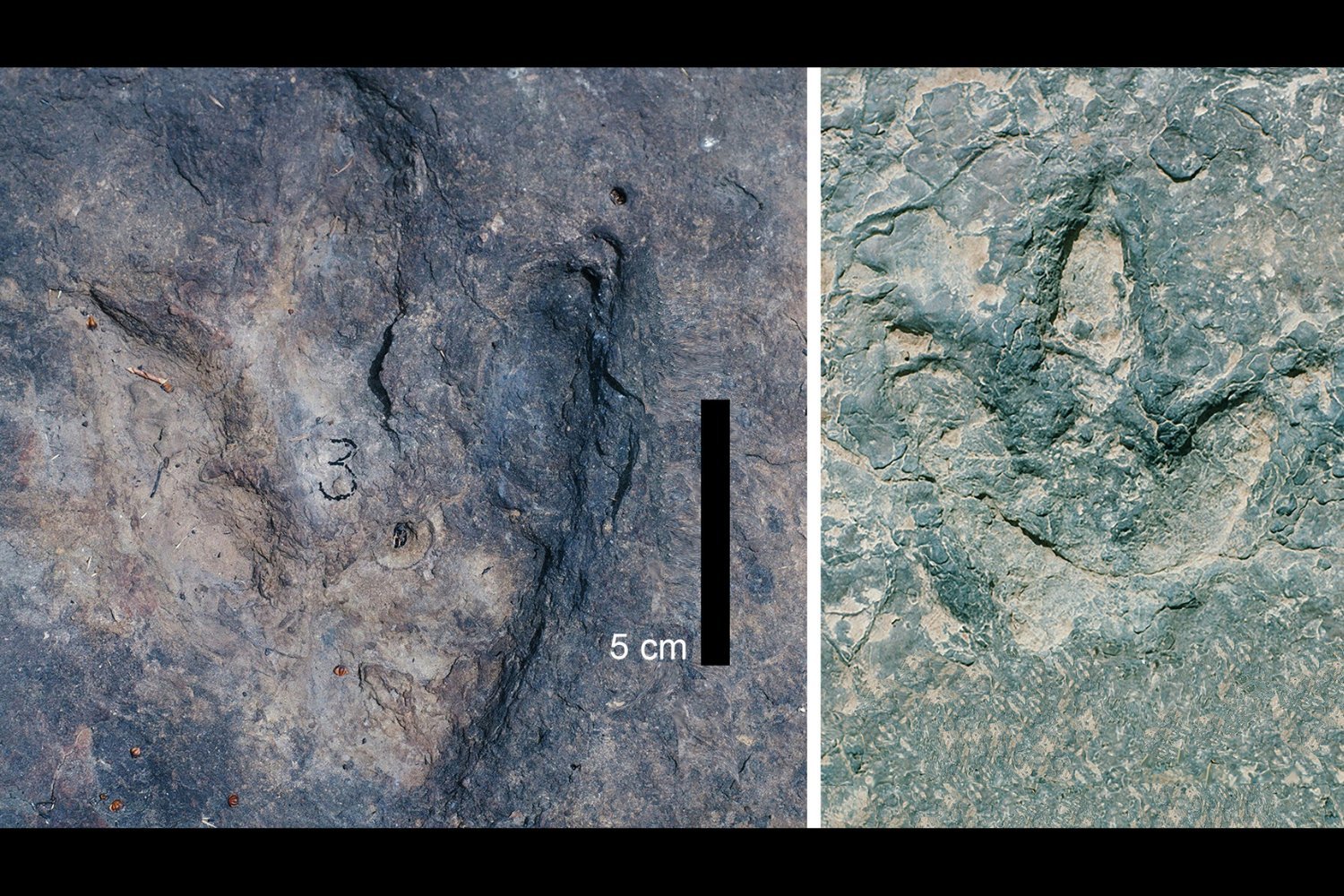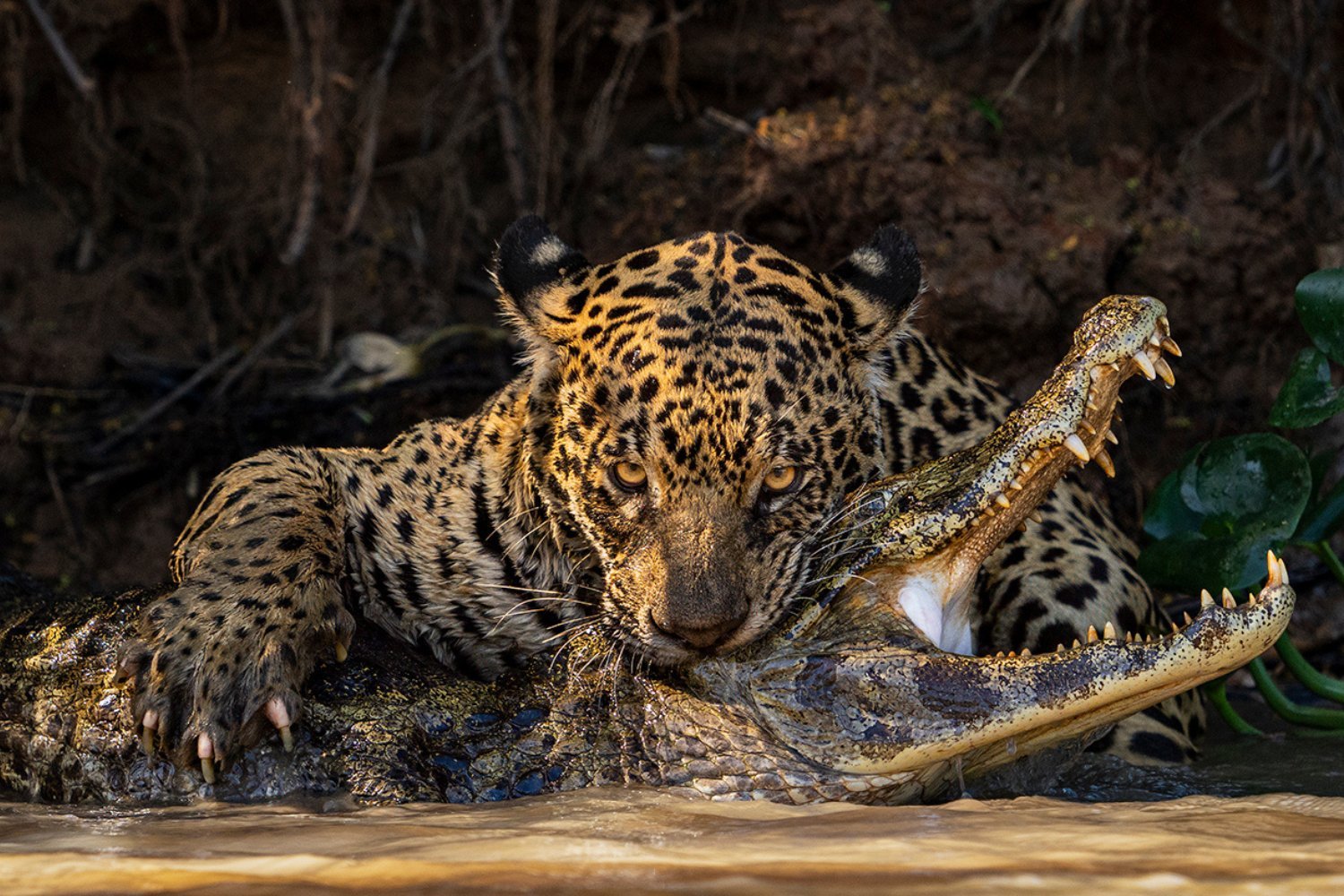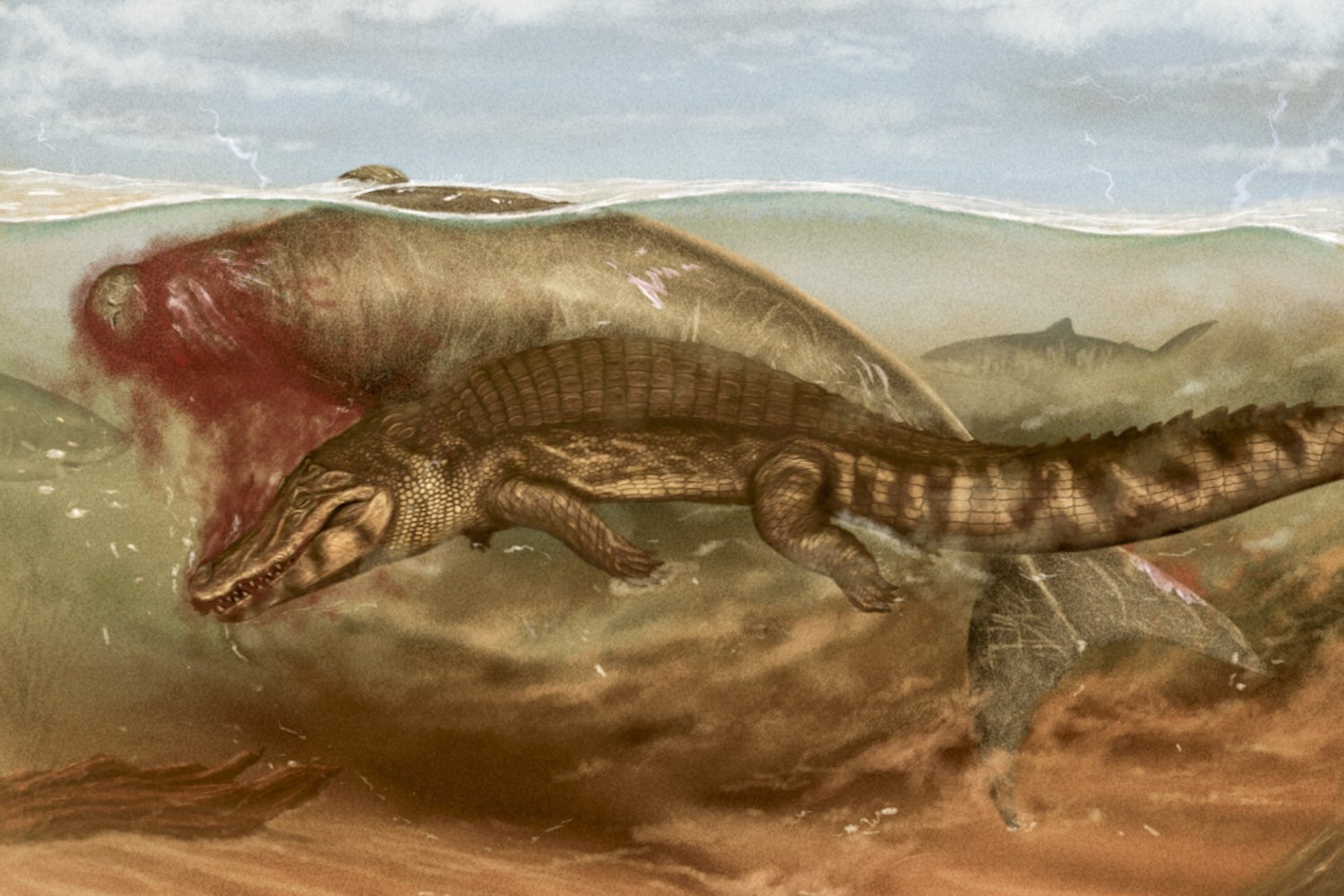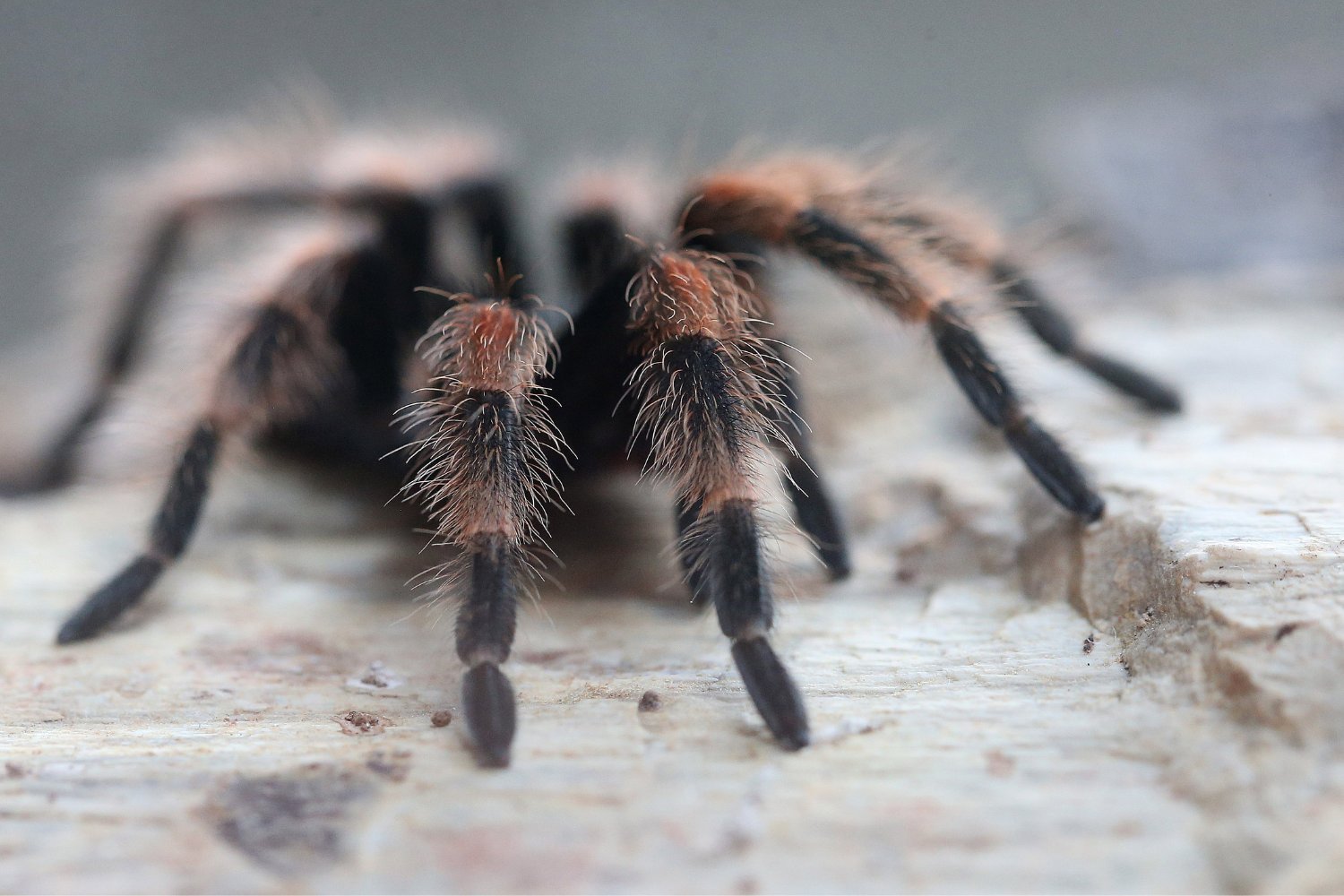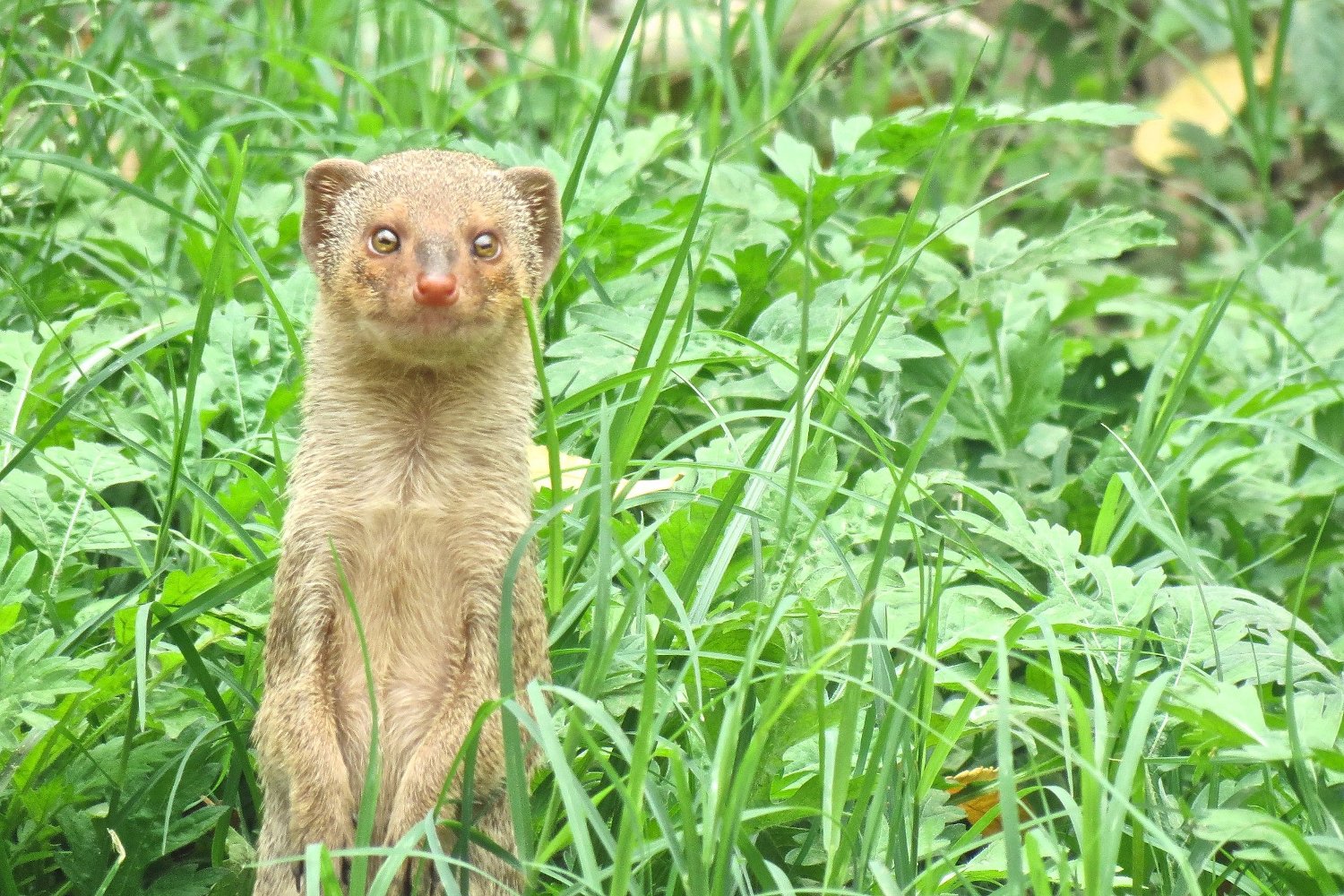The fossil record of carnivorous dinosaurs just got a new entry: Alpkarakush kyrgyzicus, a distant cousin of the Tyrannosaurus Rex, unearthed in Central Asia. This region, previously devoid of such finds, now reveals a fascinating chapter in the history of theropod dinosaurs.
This groundbreaking discovery centers around Alpkarakush kyrgyzicus, a metriacanthosaurid theropod. Metriacanthosaurids, like the more famous T. Rex, are characterized by hollow bones, three-toed limbs, and sharp claws. The name Alpkarakush itself is borrowed from a Kyrgyz epic, referring to a heroic bird. This newly identified dinosaur roamed Central Asia approximately 165 million years ago, during the Jurassic period.
Previously, theropod fossils have been discovered across the globe, including North America, Europe, India, Africa, and China, but Central Asia remained a blank spot on the map. This absence was particularly intriguing given the lack of any large Jurassic predators found in the region. However, excavations in Kyrgyzstan between 2006 and 2023 yielded a treasure trove of fossils belonging to a single specimen. These include skull fragments, vertebrae from the back and pelvis, parts of the shoulders, forelimbs, hind limbs, and a pelvis. Scientists estimate this Alpkarakush individual was over 26 feet (eight meters) long and at least 17 years old at the time of death. Remarkably, fossils from a second, smaller individual, likely a juvenile of the same species, were also discovered.
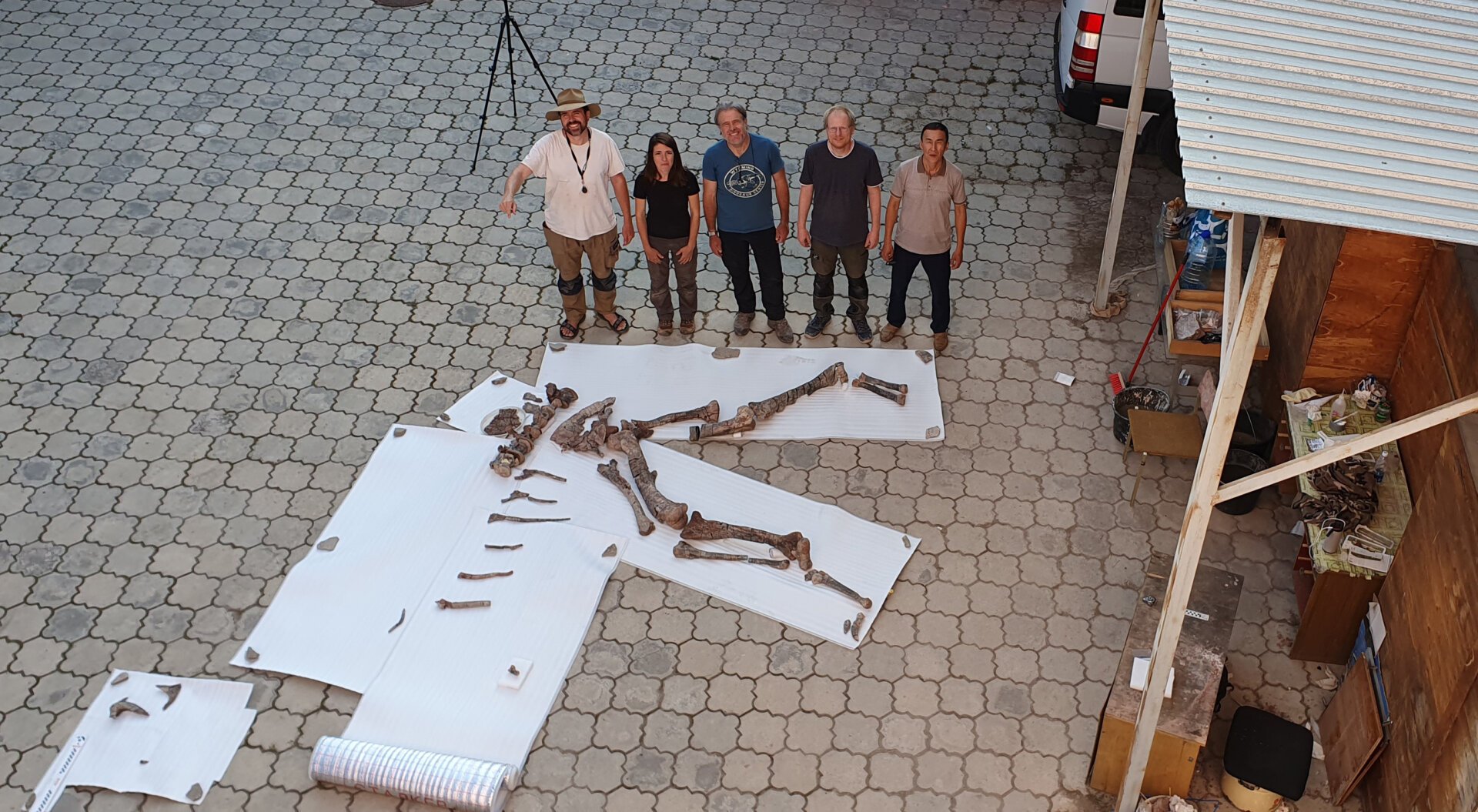 Photo of researchers posing with Alpkarakush kyrgyzicus fossilsAlpkarakush kyrgyzicus fossil remains discovered in Kyrgyzstan. Image Credit: Bavarian Natural History Collections
Photo of researchers posing with Alpkarakush kyrgyzicus fossilsAlpkarakush kyrgyzicus fossil remains discovered in Kyrgyzstan. Image Credit: Bavarian Natural History Collections
A striking feature of these fossils is a prominent ridge on the postorbital bone, suggesting the presence of a facial horn. This unique characteristic adds another layer of intrigue to the Alpkarakush discovery.
The research team, composed of scientists from German institutions and the National Academy of Sciences of the Kyrgyz Republic, published their findings in the Zoological Journal. Their analysis confirms Alpkarakush kyrgyzicus as a previously unknown species.
While the classification of Alpkarakush as a metriacanthosaurid wasn’t entirely unexpected, it significantly expands our understanding of Jurassic theropods. As Dr. Oliver Rahut, a professor at Munich’s Bavarian State Collection of Palaeontology and Geology and a member of the research team, explains, this discovery “closes a huge gap in our knowledge… leading us to important new insights into the evolution and biogeography of these animals.”
The evolutionary history of theropods still holds many mysteries. Researchers are hopeful that continued exploration in Central Asia will unearth further fossil evidence, shedding more light on these ancient giants and their place in the prehistoric world.
The discovery of Alpkarakush kyrgyzicus offers a compelling glimpse into the diverse world of Jurassic predators and underscores the importance of continued paleontological research in uncovering the secrets of our planet’s past.



